Celestial Objects
Celestial objects are natural objects that exist in space, such as stars, planets, moons, asteroids, and comets. These objects can be observed from Earth and have fascinated humans for centuries.
Types of Celestial Objects
- Stars: These are massive, luminous spheres of plasma held together by gravity. They emit light and heat through nuclear fusion.
- Planets: These are large celestial bodies that orbit around a star. They do not produce their own light but reflect the light of their parent star.
- Moons: Moons are natural satellites that orbit planets. They come in various sizes and shapes.
- Asteroids: These are small, rocky objects that orbit the Sun. They are remnants from the early formation of the solar system.
- Comets: Comets are icy bodies that orbit the Sun. They are made of dust, rock, and frozen gases and often develop a visible coma or tail when they approach the Sun.
Studying Celestial Objects
Studying celestial objects can be an exciting and educational experience for young learners. Here are some ways to engage with this topic:
- Observation: Use a telescope to observe the night sky and identify different celestial objects.
- Modeling: Create models of the solar system using everyday materials to understand the relative sizes and distances of celestial objects.
- Research: Encourage students to research a specific celestial object and present their findings to the class.
- Art and Craft: Engage in art and craft activities to create representations of celestial objects, such as making a moon phase chart or a model comet.
Key Concepts
When studying celestial objects, it's important to understand the following key concepts:
- Orbit: The path that a celestial object follows as it travels around another object in space.
- Rotation: The spinning motion of a celestial object around its axis.
- Gravity: The force of attraction between celestial objects, such as planets and moons.
- Galaxies: Vast systems of stars, gas, dust, and dark matter held together by gravity.
By exploring celestial objects, students can develop a sense of wonder about the universe and gain a deeper appreciation for the vastness and beauty of space.
.◂Science Worksheets and Study Guides Kindergarten. Weather
Coloring Worksheet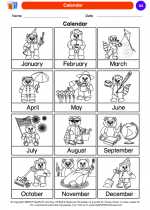 Calendar
Calendar  Coloring Worksheet
Coloring Worksheet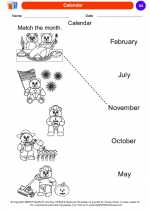 Calendar
Calendar  Coloring Worksheet
Coloring Worksheet Day and Night
Day and Night  Coloring Worksheet
Coloring Worksheet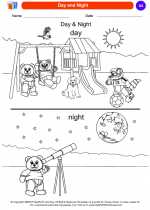 Day and Night
Day and Night  Coloring Worksheet
Coloring Worksheet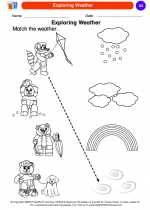 Exploring Weather
Exploring Weather  Coloring Worksheet
Coloring Worksheet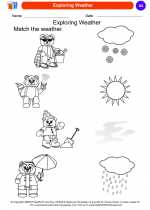 Exploring Weather
Exploring Weather  Coloring Worksheet
Coloring Worksheet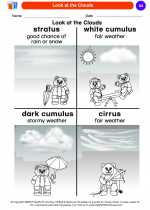 Look at the Clouds
Look at the Clouds  Coloring Worksheet
Coloring Worksheet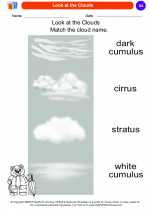 Look at the Clouds
Look at the Clouds  Coloring Worksheet
Coloring Worksheet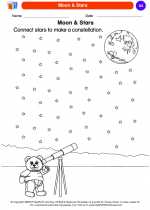 Moon & Stars
Moon & Stars  Coloring Worksheet
Coloring Worksheet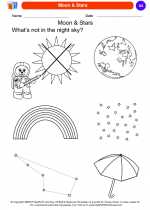 Moon & Stars
Moon & Stars  Coloring Worksheet
Coloring Worksheet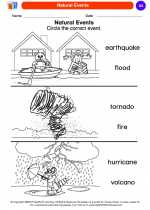 Natural Events
Natural Events  Coloring Worksheet
Coloring Worksheet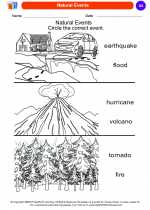 Natural Events
Natural Events  Coloring Worksheet
Coloring Worksheet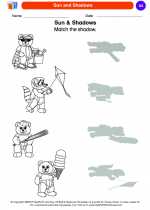 Sun and Shadows
Sun and Shadows  Coloring Worksheet
Coloring Worksheet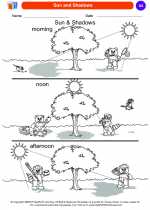 Sun and Shadows
Sun and Shadows  Coloring Worksheet
Coloring Worksheet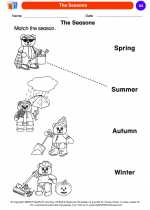 The Seasons
The Seasons  Coloring Worksheet
Coloring Worksheet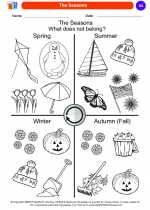 The Seasons
The Seasons  Coloring Worksheet
Coloring Worksheet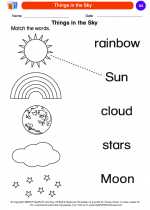 Things in the Sky
Things in the Sky  Coloring Worksheet
Coloring Worksheet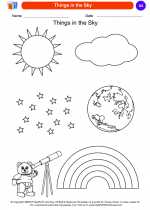 Things in the Sky
Things in the Sky  Coloring Worksheet
Coloring Worksheet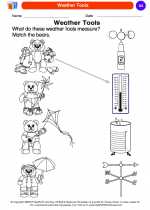 Weather Tools
Weather Tools  Coloring Worksheet
Coloring Worksheet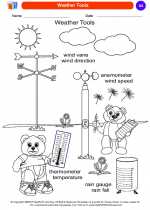 Weather Tools
Weather Tools 

 Coloring Worksheet
Coloring Worksheet
 Coloring Worksheet
Coloring Worksheet
 Coloring Worksheet
Coloring Worksheet
 Coloring Worksheet
Coloring Worksheet
 Coloring Worksheet
Coloring Worksheet
 Coloring Worksheet
Coloring Worksheet
 Coloring Worksheet
Coloring Worksheet
 Coloring Worksheet
Coloring Worksheet
 Coloring Worksheet
Coloring Worksheet
 Coloring Worksheet
Coloring Worksheet
 Coloring Worksheet
Coloring Worksheet
 Coloring Worksheet
Coloring Worksheet
 Coloring Worksheet
Coloring Worksheet
 Coloring Worksheet
Coloring Worksheet
 Coloring Worksheet
Coloring Worksheet
 Coloring Worksheet
Coloring Worksheet
 Coloring Worksheet
Coloring Worksheet
 Coloring Worksheet
Coloring Worksheet
 Coloring Worksheet
Coloring Worksheet

The resources above cover the following skills:
EARTH AND SPACE SCIENCE (NGSS)
Earth’s Systems
Students who demonstrate understanding can:
Use and share observations of local weather conditions to describe patterns over time.